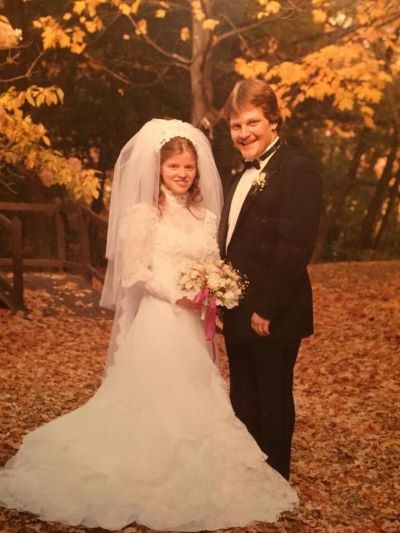Bob Lambert, a 63-year-old aerospace production manager from Tewksbury, has faced a challenging journey since his initial diagnosis in 2016 of chronic lymphocytic leukemia (CLL), a type of cancer affecting the blood and bone marrow. Initially, his doctors adopted a watch-and-wait approach due to the manageable nature of his condition. However, in subsequent years, new health concerns emerged, leading to a cascade of skin cancer diagnoses and treatments.
Bob’s journey with CLL took a turn in 2019 when he noticed spots on his face, prompting a referral to Dana-Farber Brigham Cancer Center’s High Risk Skin Cancer Clinic. This led to a diagnosis of cutaneous squamous cell carcinoma, a common form of skin cancer. While typically not life-threatening, these lesions can cause complications if left untreated. However, Bob’s experience highlights the intricate relationship between CLL and cutaneous squamous cell carcinoma, underscoring the importance of vigilant monitoring and early intervention.
"Patients with CLL not only are prone to getting more cutaneous squamous cell carcinomas but also at risk of higher-stage or more aggressive tumors," explained Emily S. Ruiz, MD, Academic Director at the Mohs and Dermatologic Surgery Center. Dr. Ruiz led Bob’s treatment team and crafted a comprehensive plan to address his evolving healthcare needs.
Over the years, Bob underwent multiple Mohs surgeries, surgical procedures to remove cancerous skin layer by layer. On Christmas Eve 2020, a concerning spot on his nose led to an extensive seven-stage MOH’s surgery lasting over 7.5 hours. This procedure, complicated by nerve involvement, marked a turning point necessitating radiation and chemotherapy—unfamiliar territory for Bob.
In early 2022, Bob faced yet another setback when a persistent and aggressive tumor on his head that invaded a large nerve required extensive surgery, including reconstructive procedures.
Despite facing numerous procedures and setbacks, Bob’s resilience shines through. “I was lucky to have a team of doctors who were incredibly helpful in explaining why and how it happens,” Bob shared. “The team has been exemplary in helping me understand what’s going on and how to mitigate some of these problems.”
Bob has become a familiar face at Dana-Farber Brigham forming connections with staff and fellow patients. Fondly known as “Uncle Bob” by some, his warmth and familiarity with hospital staff speak to the supportive environment he encountered during treatment. Reflecting on his experience, Bob is determined to pay it forward. He has taken on the role of guiding and supporting others facing similar challenges, often accompanying friends to their appointments, and offering reassurance.
Looking ahead, Bob sees a potential role in volunteering at the hospital post-retirement, inspired by the supportive atmosphere he encountered during his own treatment. "It helps the patient a lot, boosting their morale while going through a difficult time," he remarked.
Bob remains optimistic about enjoying life's milestones with his loved ones. "Two years ago, when my wife and I were celebrating our 40th anniversary, it was postponed because of my treatments, but we're going this summer to Europe," he said. "I'm ready to enjoy the golden years with my wife."


Bob and wife Annette on their wedding day (left) and celebrating their 40th anniversary (right).